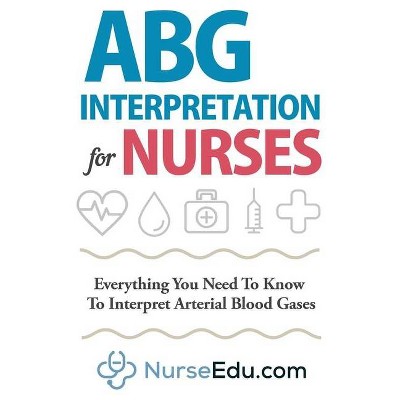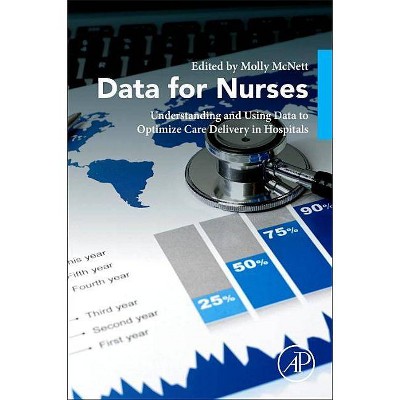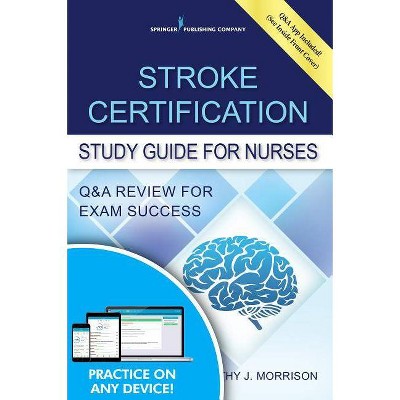ABG Interpretation for Nurses - by Nedu (Paperback)

Similar Products
Products of same category from the store
AllProduct info
<p/><br></br><p><b> Book Synopsis </b></p></br></br><strong>Great Resource for Nurses, MDs, and RRTs: </strong><p><br></p><p>Arterial blood gases (or ABGs) are some of the more difficult lab tests to understand in all of medicine. Sure, there are normal results given along with the test values, but it doesn't end there. What does a certain pH in the blood mean? Where does the bicarbonate level come from? These components, along with other values, need to be understood so you can interpret them. </p><p>Basically, the ABGs are a test of the arterial blood that check the oxygen levels, the carbon dioxide levels, the acidity (or pH) of the blood, the oxyhemoglobin saturation, and the bicarbonate. If you have a fancy blood gas analyzer, you can get a methemoglobin level, a carboxyhemoglobin level, and sometimes just a hemoglobin level. Each of these lab tests reveal crucial values that are important in caring for patients in the intensive care unit (ICU) and other hospital settings. If you do not know what oxyhemoglobin saturation means (or any of these values), never fear! By the time you finish this guide, you will be an old pro! </p><p><br></p><p><strong>In this book, you will learn: </strong></p><ul><li>The Science of Arterial Blood Gases</li><li>pH, Buffers, and the Kidneys </li><li>Normal ABG Values</li><li>Simple Acid-Base Disorders </li><li>Deep dive into understanding ABGs in the Clinical Sense </li><li>ABG Collection and Sources of Error </li><li>Helpful study tools we recommend</li><li>Practice Questions / Case Studies</li></ul><p><br></p><p><strong><em>Get Yours Today by Scrolling Up & Ordering Now!</em></strong></p>
Price History
Price Archive shows prices from various stores, lets you see history and find the cheapest. There is no actual sale on the website. For all support, inquiry and suggestion messages communication@pricearchive.us




















